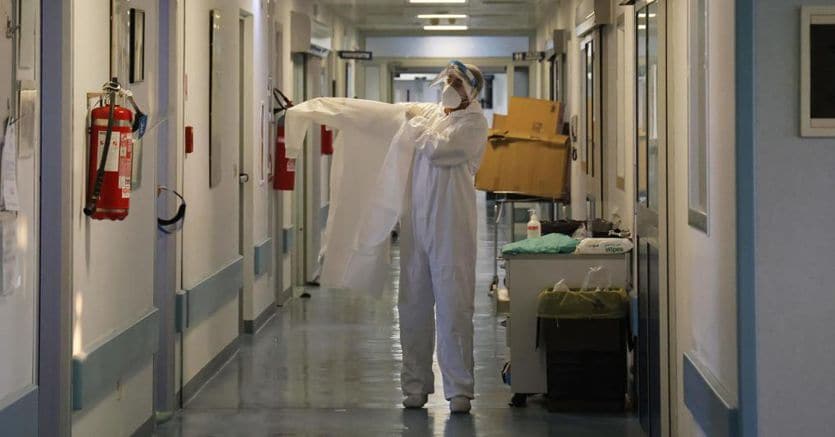More than three years after the announcement of the international health emergency on 30 January 2020 and after almost 7 million deaths and 750 million infections, WHO is preparing to declare the end of the pandemic. In fact, the fifteenth meeting of the Emergency Committee for Covid-19 convened by the director general of the World Health Organization, Tedros Adhanom Ghebreyesus, takes place on 4 May. A much awaited meeting that could represent a decisive step towards his declassification. Meanwhile, the ECDC recalls how “investing in public health is the most important lesson of Covid” and Nature explains how the virus will stay with us in all four seasons of the year with an epidemic trend characterized by “small waves”.
WHO and the declaration of the end of the pandemic
After the meeting, as mentioned, the Emergency Committee will inform the WHO director general, indicating whether the Covid-19 pandemic still constitutes a “Pheic” (public health emergency of international concern). The emergency committee will also indicate the temporary recommendations to the WHO and its member states: in particular, the request to continue the vaccination campaigns against Covid is also expected in the coming years. The World Health Organization should also recommend countries not to lower investments in public health so as not to be found uncovered again in the next emergency. This recommendation has already been made by the ECDC, the European Center for Disease Prevention and Control.
The ECDC recommendation: “Invest in public health”
Indeed, in recent days the independent agency of the European Union has launched a series of recommendations for the post-pandemic: in particular, the ECDC has underlined the need to make investments in public health, especially in professional resources, and prepare for the next crisis with risk communication, citizen engagement and the systematic collection and analysis of data and evidence. “We need to be better prepared for future public health crises through actions in different areas,” the ECDC director said in a statement. Andrea Ammon This includes investing in and strengthening the public health workforce, improving infectious disease surveillance, enhancing risk communication and community engagement, and embracing collaboration across organisations, countries and regions.
The future of the virus? In small waves and for four seasons
«An article in Nature tells us that we should get used to the ripples on Covid rather than waves. Waves made of medium and mild infections, few hospitalizations and few deaths. WHO hurry up, I would like to see for once anticipating, rather than continuing to chase. I hope WHO pushes that button on May 4 and says the pandemic is over. We will all be happier»: like this Matthew Bassetti, director of infectious diseases of the San Martino hospital in Genoa, comments on the upcoming meeting of the Emergency Committee for Covid-19 and the possible future of the virus which will be “four seasons”. In short, Covid inaugurates the “wavelet” era, the time of small waves. A new new normal, outlined in an analysis in the journal “Nature” and already shared several months ago by the Italian virologist Fabrizio Pregliasco which for some time, trying to imagine a scenario of coexistence with Sars-CoV-2, has been proposing an epidemic trend characterized by «waves like those of a stone in a pond. Except for the emergence of new variants”. “What emerges – highlights Pregliasco – is that there is no seasonality” of Covid “like that of the flu, but waves of infections – waves that are not heavy, not relevant at the moment – with some inclination towards the growth of this soup of variants».
Increasingly contagious variants but without serious effects
A “soup” in which there is no ingredient – a daughter of Omicron – which takes over. “Somehow these variants compete with each other” and are more or less facilitated in their diffusion “in light of the share of hybrid immunity of a population at a given time”. In other words, analyzes the professor of the State University of Milan, “if there has been a recent wave with an Omicron variant similar to the one that is circulating, a large part of the population – with vaccines and with recent infections – dodges the next new wave. But if a new variant arrives or if the previous wave is older, more distant in time, then it is possible that a portion of people will lose protection, which we know is approximately 6 months anyway ». Therefore, Pregliasco concludes, «we are no longer faced with a single pandemic wave, but with many waves, and among other things desynchronized with each other. The variants that are prevailing are those that determine the interest of the virus in evolutionary terms. In the end, therefore, they are the ones with the greatest contagiousness, but which do not cause major problems » for the guest.
